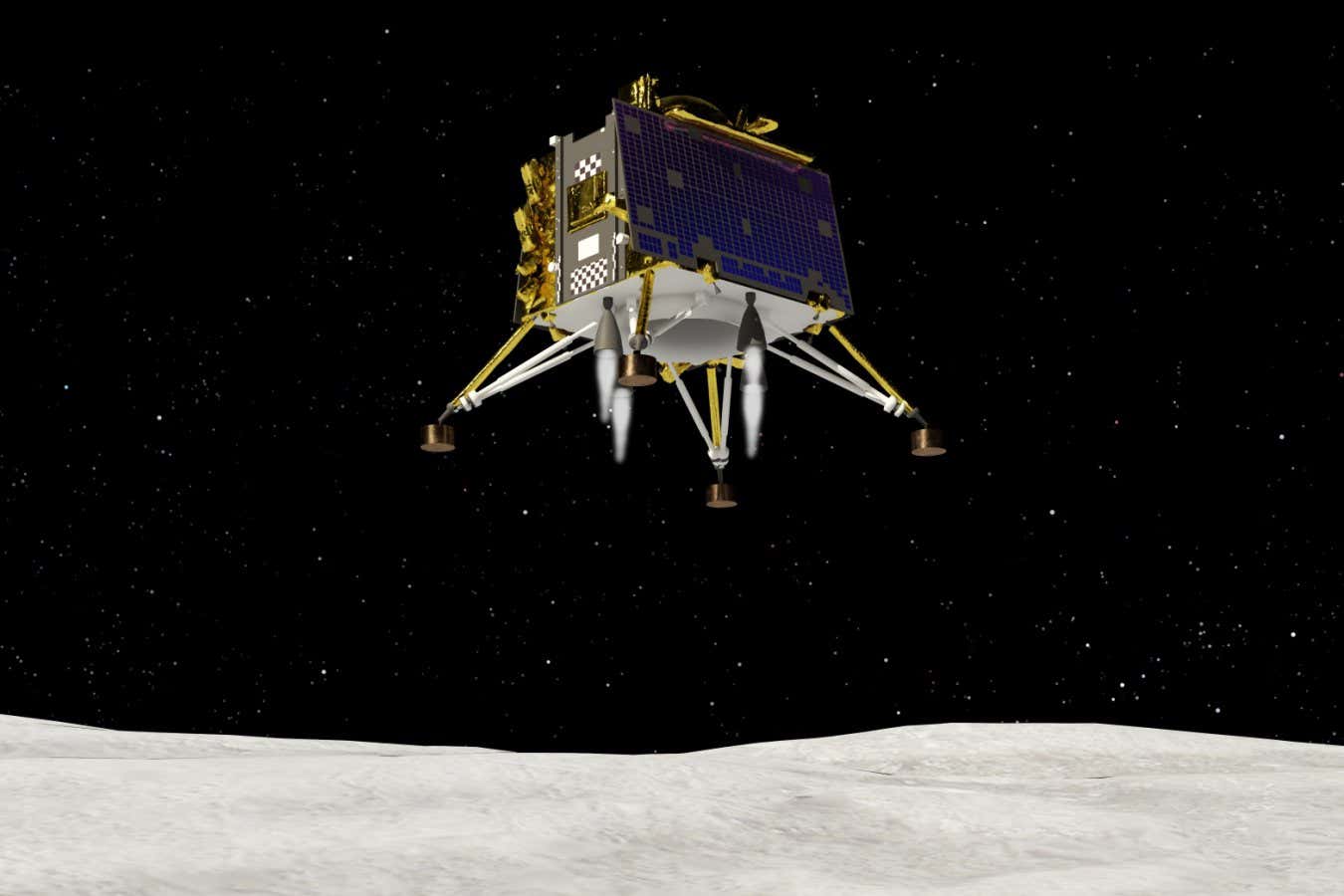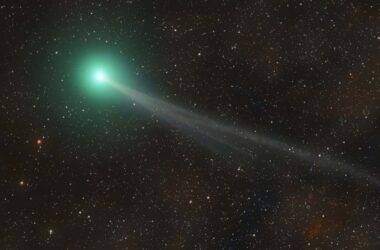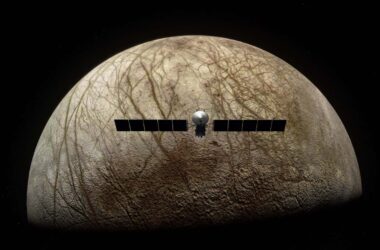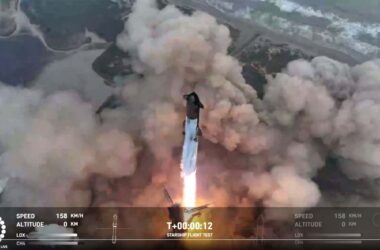India is aiming to become the fourth country to successfully land a spacecraft on the moon with its Chandrayaan-3 mission. If successful, it will also be the first nation to explore the potentially water-rich lunar south pole.
The Indian Space Research Organisation (ISRO) launched Chandrayaan-3, named after the Sanskrit word for “mooncraft,” on July 14 aboard a Launch Vehicle Mark-III rocket. The mission has spent the past six weeks traveling approximately 380,000 kilometers to reach the moon.
The mission is currently in lunar orbit, preparing to land its Vikram lander at a location near water reserves. This strategic landing spot could potentially support the establishment of a permanent lunar base.
The previous Chandrayaan-2 mission, which took place in 2019, ended in failure when a software glitch caused the Vikram lander to crash into the moon’s surface. The mission also included the six-wheeled rover, Pragyan, which was intended to explore the moon’s south pole.
In contrast, the new Chandrayaan-3 mission aims to perform a soft landing and conduct scientific research. Unlike the previous mission, Chandrayaan-3 will not have an orbiter. The Vikram lander and rover will handle their own communications with Earth, eliminating the need for an intermediary satellite. The landing is expected to take place at approximately 6 pm Indian time (12:30 GMT). The rover is expected to survive for only two weeks in the harsh lunar environment.
So far, the United States, the Soviet Union, and China are the only countries to have successfully landed intact missions on the moon. A private Japanese attempt in April ended in failure when it also crashed at high speed. Russia’s recent lunar exploration mission, its first in 50 years, also ended in disaster this week as the Luna 25 lander crashed into the moon’s surface due to an engine firing that lasted longer than intended.
The ISRO expressed excitement and energy ahead of the landing, confirming that the mission is progressing according to plan.
“The moon’s south pole is thought to be rich in water ice, which could be used to produce fuel for spacecraft, as well as other resources such as metals and minerals,” says Shri Charan Padala, an analyst at consulting firm GlobalData. “Chandrayaan-3, if successful in landing at the south pole, gives India a head start in developing the infrastructure and technology needed to mine these resources.”
Topics:
- the moon
- space exploration








